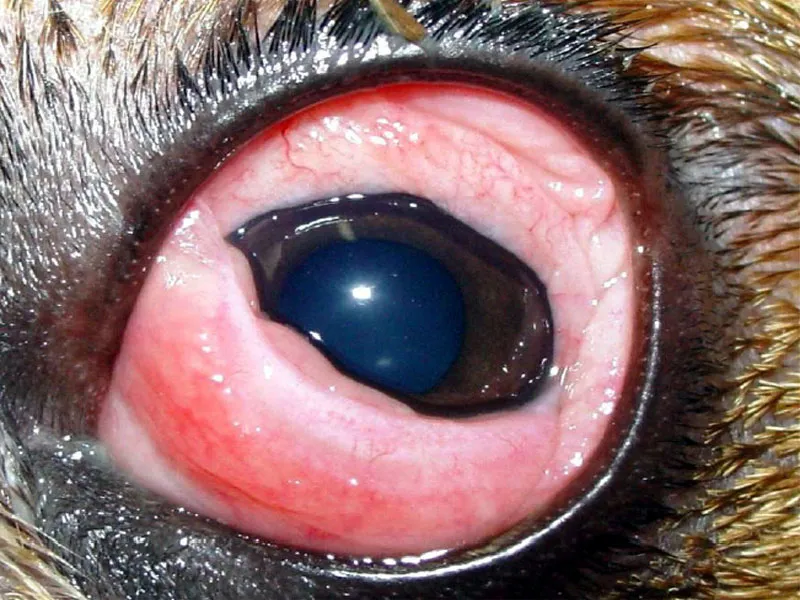Retrospective study of melanocytic neoplasms in dogs and cats
DOI:
https://doi.org/10.24070/bjvp.1983-0246.003018Keywords:
Epidemiology, dog, cat, melanocytic neoplasm, tumor biologyAbstract
Melanoma is one of the most lethal skin neoplasms among dogs and cats, and its incidence is increasing worldwide in the last years. The relation between the study of tumor biology and epidemiologic data from melanocytic tumors (melanomas and melanocytomas) can help in the achievement of an earlier and safer clinical diagnosis. However, epidemiologic data for these neoplasms are still rare in Brazil. Thus, we performed a retrospective study of melanocytic neoplasms in dogs and cats registered at the Animal Pathology Service of the School of Veterinary Medicine and Animal Science (SVMAS), University of São Paulo (USP), between January of 2000 and December of 2006. The epidemiological data extracted from pathology records regarded affected population (age, gender, hair color) and tumor characteristics (anatomic location and histological type). Of 2154 histopathological reports analyzed 193 (8.9%) were melanocytic neoplasms, of which 186 cases in dogs (96.4%) and only 7 in cats (3.6%). Male dogs, of mixed breed, among 8 and 11 years of age and black hair were most affected by melanocytic neoplasms. Histological types most often found were epithelioid cell melanoma mainly located in the buccal cavity, and melanocytomas, located on the skin. Among cats, females between 8 and 11 years of age of mixed breed and black hair were most often affected. Epithelioid melanoma again presented as the most common histological type, located, however, on the skin. In conclusion, this casuistic demonstrated that melanocytic neoplasms develop mostly in middle age dogs with dark hair, in the oral cavity or skin, with histological type of epithelioid cells. Melanocytic tumors are rare in cats when compared to dogs; in our cases, they were diagnosed in middle aged female cats, mostly located in skin, and with epithelioid histological type. Epidemiological data strengthen the importance of early diagnosis of melanocytic tumors in Veterinary Medicine, promoting initiation of the most appropriate therapeutical process, improving diagnosis and promoting animal welfare.


